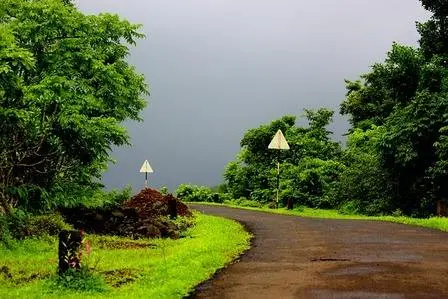Introduction:
The Harela Festival, celebrated with great fervor in Uttarakhand, marks the onset of the monsoon season and the beginning of the agricultural cycle. Held typically in the month of July, this ancient festival not only welcomes the rains but also signifies renewal, growth, and the vibrant cultural heritage of the region.

1. Origins and History:
The origins of the Harela Festival trace back centuries, deeply rooted in local folklore and traditions. According to legend, Harela began as a way to appease the gods for a bountiful harvest. Over time, it has evolved into a celebration of nature’s abundance and the importance of agriculture in Uttarakhand’s rural life.
2. Cultural Significance:
Harela holds profound cultural significance in Uttarakhandi society. It symbolizes the close relationship between humans and nature, emphasizing the need for sustainable agricultural practices. Families and communities come together to offer prayers for a prosperous harvest, seeking blessings for good health and prosperity.
3. Celebration and Rituals:
The festival kicks off with the symbolic sowing of barley or wheat seeds in small earthen pots, known as ‘harela’. These green saplings signify the rejuvenation of nature and are later planted in fields or near homes. Homes are adorned with greenery, and women perform traditional songs and dances to celebrate the occasion.
4. Ecological Importance:
Beyond its cultural significance, Harela highlights the importance of ecological conservation. By promoting the planting of green saplings and advocating for sustainable farming practices, the festival plays a vital role in preserving Uttarakhand’s biodiversity and natural resources.
5. Community and Unity:
Harela Festival fosters a sense of community spirit and unity among Uttarakhandi people. Villagers, young and old, actively participate in the festivities, sharing traditional meals and exchanging heartfelt greetings. It serves as a reminder of the collective responsibility to protect the environment and sustain rural livelihoods.
6. Modern Adaptations and Challenges:
In contemporary times, Harela faces challenges due to urbanization and changing lifestyles. However, efforts are underway to adapt the festival to modern sensibilities while preserving its core traditions. Initiatives like eco-friendly celebrations and awareness campaigns aim to ensure Harela’s continuity for future generations.
7. Personal Reflections or Interviews:
Speaking with locals reveals deep-rooted sentiments attached to Harela. For many, it’s a cherished time to reconnect with their cultural roots and reaffirm their commitment to sustainable living. Elders share memories of past celebrations, while younger generations express enthusiasm for carrying forward this rich cultural legacy.
Conclusion:
The Harela Festival encapsulates the essence of Uttarakhand’s monsoon bounty and cultural vibrancy. It serves as a reminder of the harmonious coexistence between humans and nature, urging us to embrace sustainable practices for a greener future. As we celebrate Harela, let us honor its traditions and strive to preserve our natural heritage for generations to come.
Call to Action:
Explore the beauty of Harela Festival firsthand or support local initiatives promoting sustainable agriculture and environmental conservation. By participating in or learning about festivals like Harela, we can all contribute to preserving cultural diversity and protecting our planet.